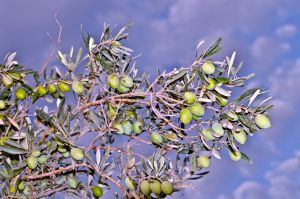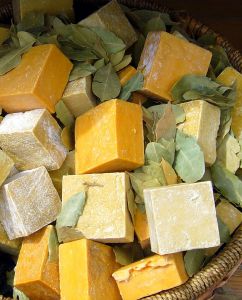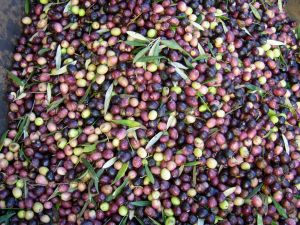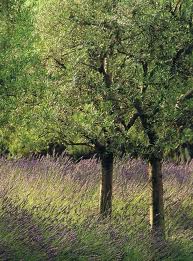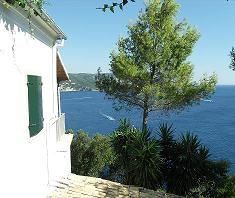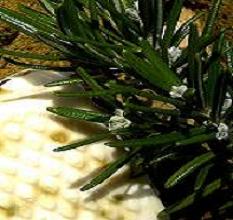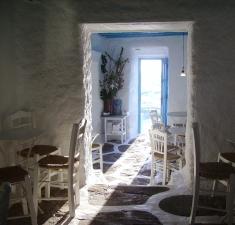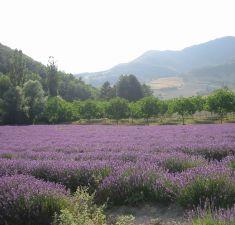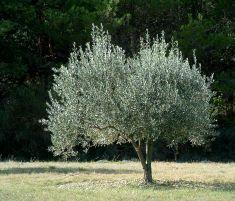What is Lye? A short and simple explanation.
How to make soap with lye - Homemade soap recipes using essential oils.
Simple Cold Process Soapmaking - What is Lye ? Making lye soap.
What is Lye ? Making Lye Soap - a very simple explanation on Lye and how it works in soapmaking !
As an aromatherapist making homemade soap for me was a natural progression - making homemade olive oil soap was also the obvious choice, as I am surrounded by olive trees on the Greek island that I live on, so to use pure, organic and local, sustainable oil was inevitable, to use the produce from the trees beside my back door !
Olive oil has so many glorious attributes and properties, its not just for dressing salads or dipping hunks of bread into ! It is a fantastic source of Vitamin E, a brilliant moisturiser for skin and hair, gentle enough for children, all of these olive oil benefits have been recorded from Ancient times and thus its use has been constant from centuries past, the uses of olive oil are wide-ranging, from beauty to medicinal to household, there are so many ways to incorporate this versatile oil into your daily life,take a look to see how by clicking on the links.
Back to .... What is Lye !
When I started making soap (a long time ago........before it got terribly trendy !) I had resolved to make it as simple a process as possible, keeping it organic and pure, using only olive oil with my essential oils and herbs, hence all of my homemade soap recipes are derived from the basic
olive oil soap recipe
- I use no other base oils in my soapmaking, keep it simple !
So I had my olive oil, essential oils and herbs, the other ingredient needed for my soap was Lye.
Now I am really fussy about what I eat and what I use on my skin and I am really particular about what my daughters eat and what they use on their skin - it is said if you are not prepared to eat what you put on your skin why use it ?
The point here being if you consider something toxic or unpleasant you should be putting as much distance between it and you as possible.........so discovering all about lye was a bit of a revelation as all I knew about lye was that is is caustic - highly dangerous in its pure state, that it used to burn away fats (and any other matter) clogging up drains or to clean the inside of ovens ....eughh !
How could such a strong alkaline substance capable of burning organic tissue be good for my skin ????
How does that work.....in SOAP ???
Let me explain in terms of a layman.....how and what Lye is...because I had to find out and ask these questions too !
Lye = Sodium Hydroxide which is NaOH or caustic soda, to you and me !
Sodium hydroxide is produced by running an electrical current through NaCI - which sodium chloride - table salt and H20 - water.
So Lye is derived from table salt, from the ocean, now that is less scary !
Lye combined with Water - H20 - makes a Lye Solution.
NaOH + H20 = Lye Solution......which is hot stuff !
Sometimes potassium hydroxide is mentioned - also known as casustic potash - this is used for making liquid soaps.
I only use sodium hydroxide as I make only solid soaps.
Sodium hydroxide or solid lye comes in a dry form as pellets, granules, powder, flakes or micro-beads. Lye is used in the food industry to cure such foods as pretzels, green olives and canned mandarin oranges ! Lower grades of lye are used in biodiesel production, soapmaking and household cleaners.
So now I felt much better about this lye stuff having found out its just basically salt - but how does Lye solution combined with olive oil, result in such a pure and mild soap that it is the soap of choice for use with new born babies ?
I needed to understand some basic science and two new words - here is a simple chemistry explanation and two new words...hang on in there....
Saponification - a process that results in soap - derived from mixing a fatty acid - in this case olive oil - to an alkali - sodium hydroxide. Traditional cold process (which are not cold at all !) soapmaking methods using a lye solution and olive oil results in soaps which contain their natural glycerine, making them very mild and soft.
Curing - in the case of soap, letting the soap rest or age to complete the saponification process, which enables the soap to dry out and harden and eliminate any trace of lye.
So now I understood - Olive oil is a vegetable fat - a fatty acid - made up of triglycerides. When a lye solution which is alkali is added to the acidic olive oil - saponification occurs - this means that the mixture gets very, very hot !
The chemical reaction that takes place when the acid and the alkali elements combine enables the glycerine to be released from the olive oil and the fatty acid salt that remains is in fact the soap. ALL of the lye used in the process, to enable the release of these components is used in the reaction and will no longer exist in the soap after the curing process is complete, all the lye will be completely gone.
Now I understood the process and that my soap is in fact a fatty acid salt with glycerine in it - a completely, totally, natural, moisturising and extra mild soap, with absolutely nothing harmful in it, although thankfully I haven't had to prove this by eating it !
AS I mentioned previously Lye is a substance that demands and requires respect - SAFETY IS PARAMOUNT !
Please follow the link below for the safety precautions. Please go to cautions for making Lye Soap.
Ready to start - here is the most simple, basic pure soap recipe ever, using only olive oil
lye soap recipe.
Here are all my other free homemade soap recipes, all listed, using only olive oil as the base oil with added essential oils and herbs, go to
the make soap page.
The history of soap making goes back to Ancient civilizations, it is an interesting read, proving that like the wheel, a process can be refined but does not necessarily need to be re-invented for it to be better ! To find out more go to the history of soap page.
If you would like to know more about lye try this link
Wikipedia
or for more information on Saponification, go again to
Wikipedia.
Go to Anayennisi-Aromatics home page from What is Lye page.
Go to Sitemap page
Go to The Lavender soap making page





